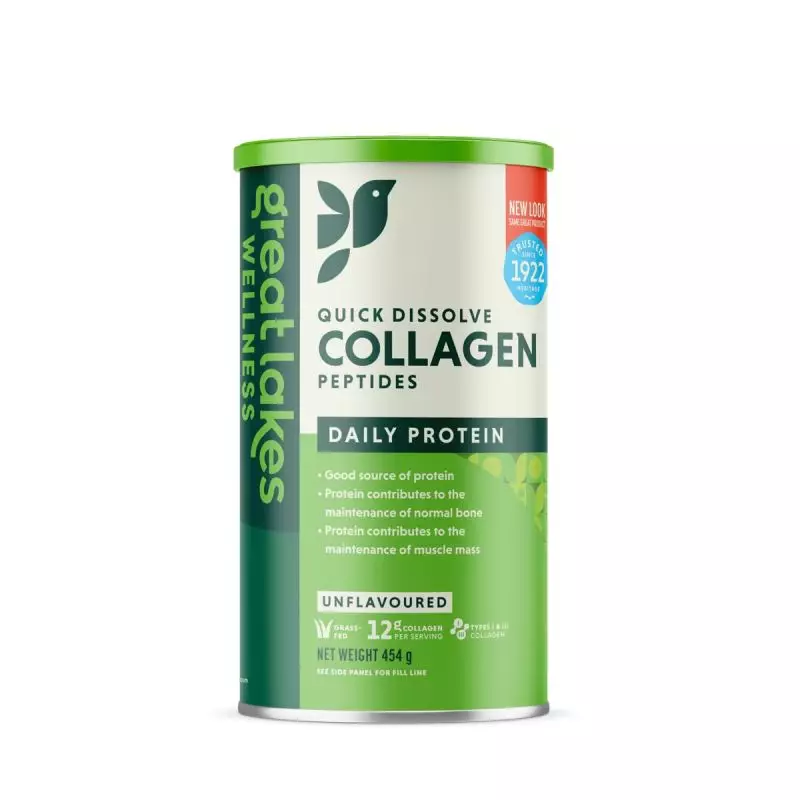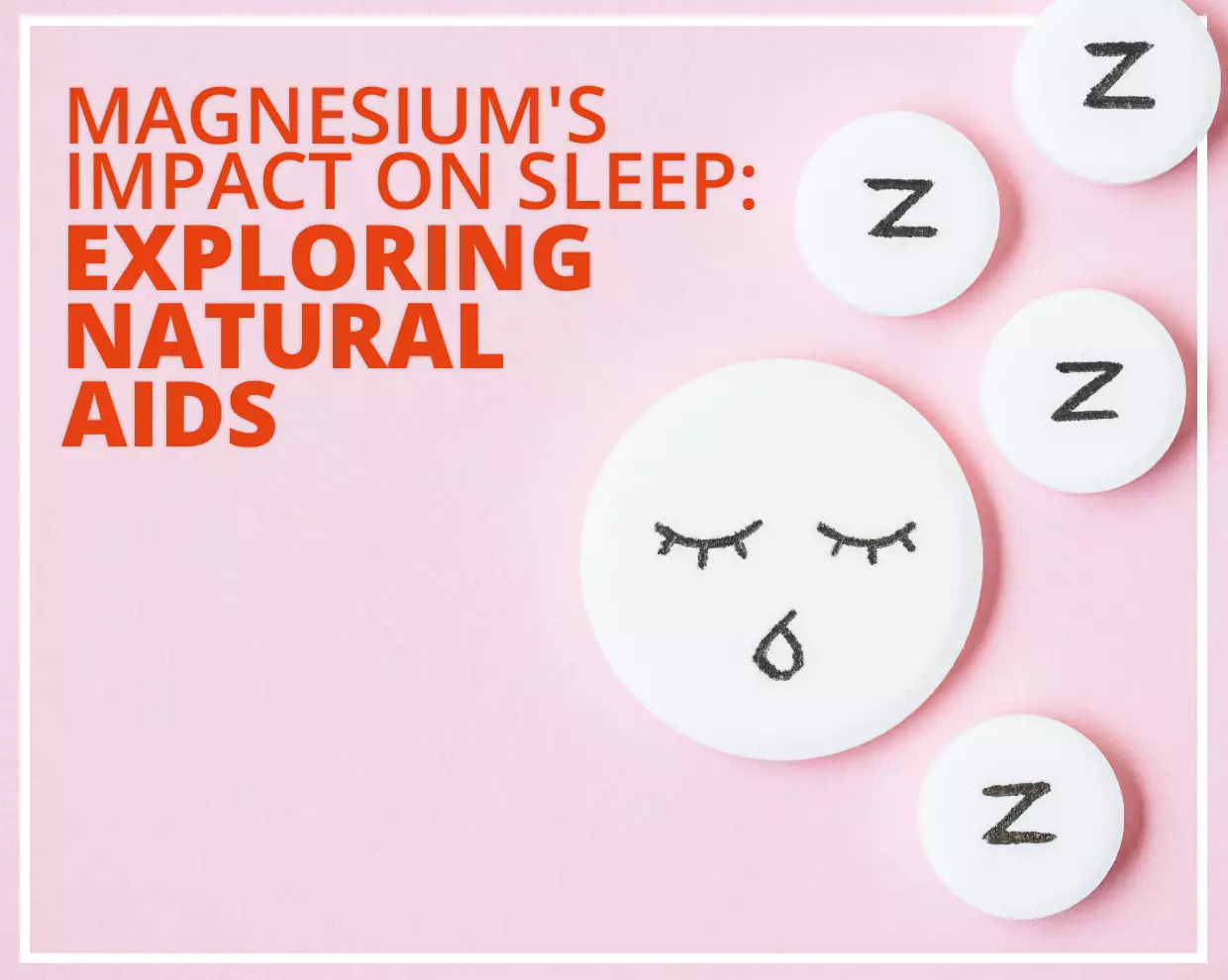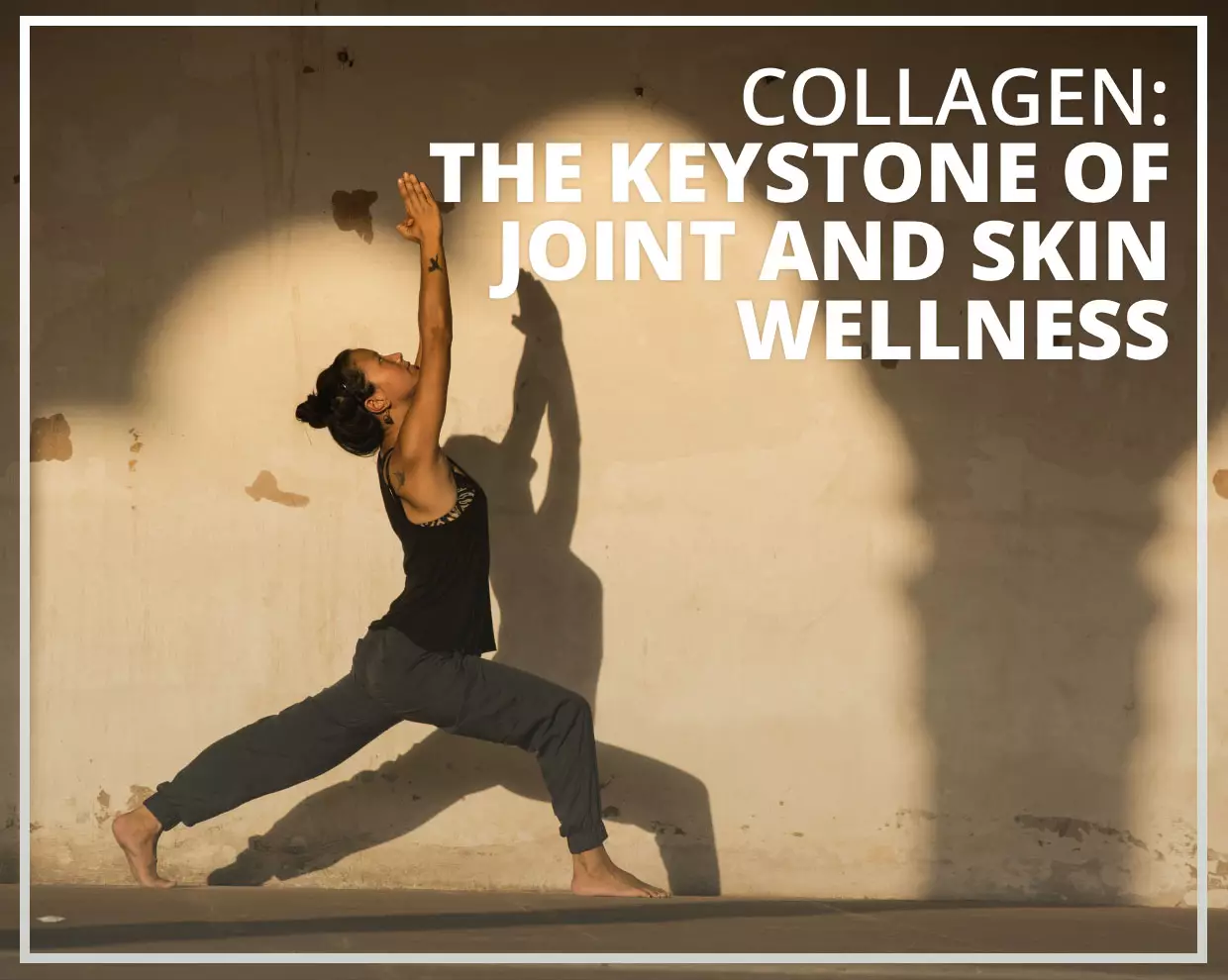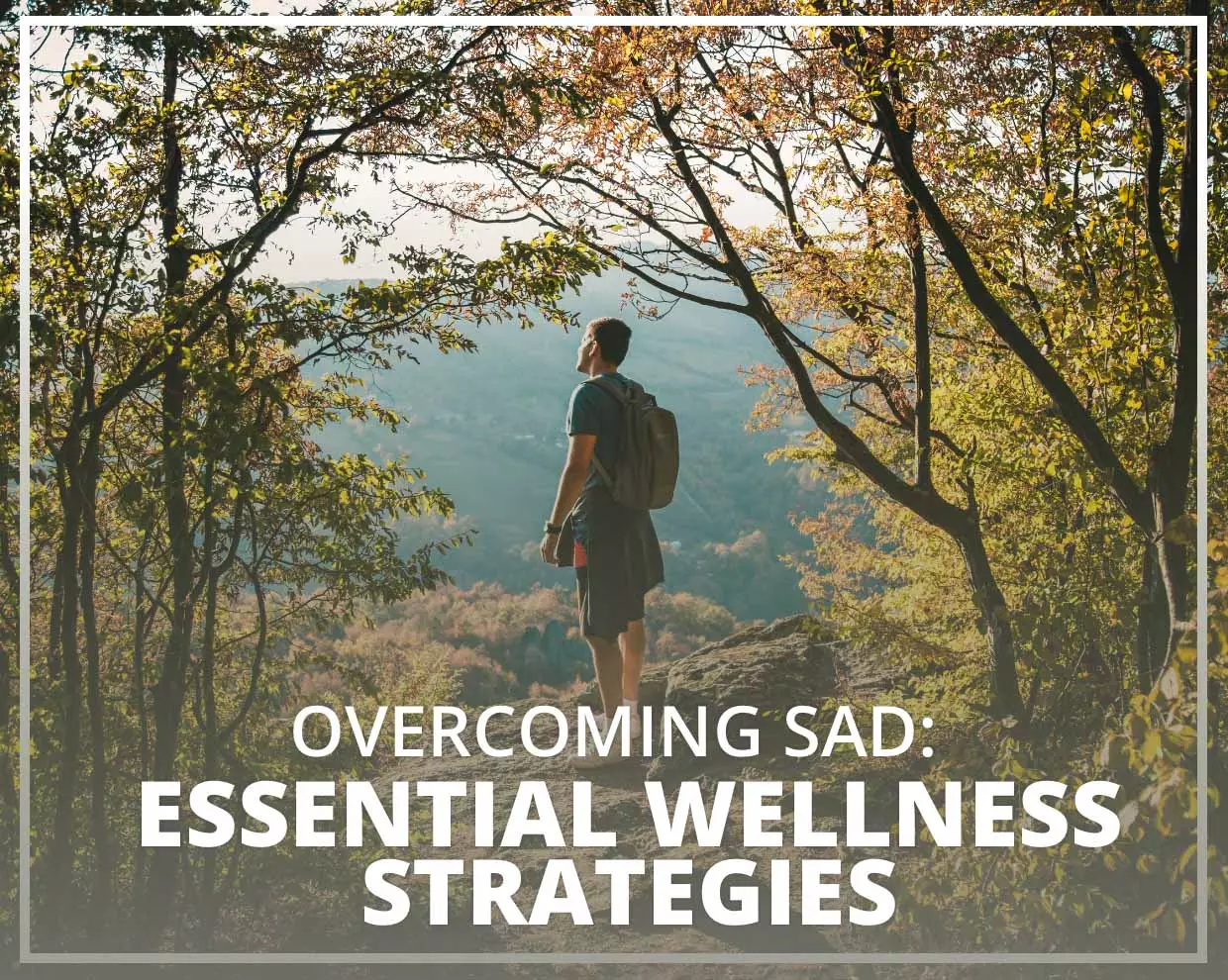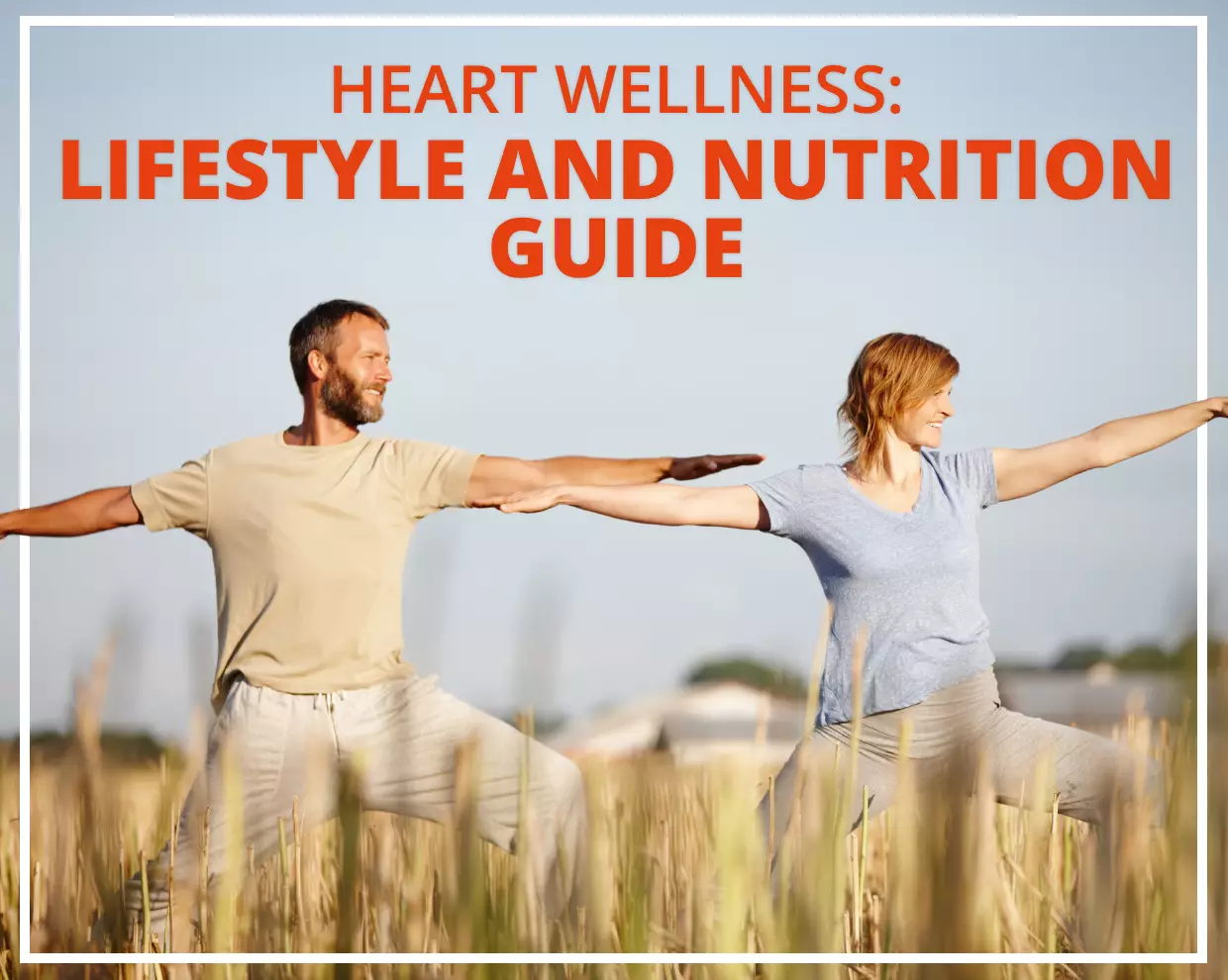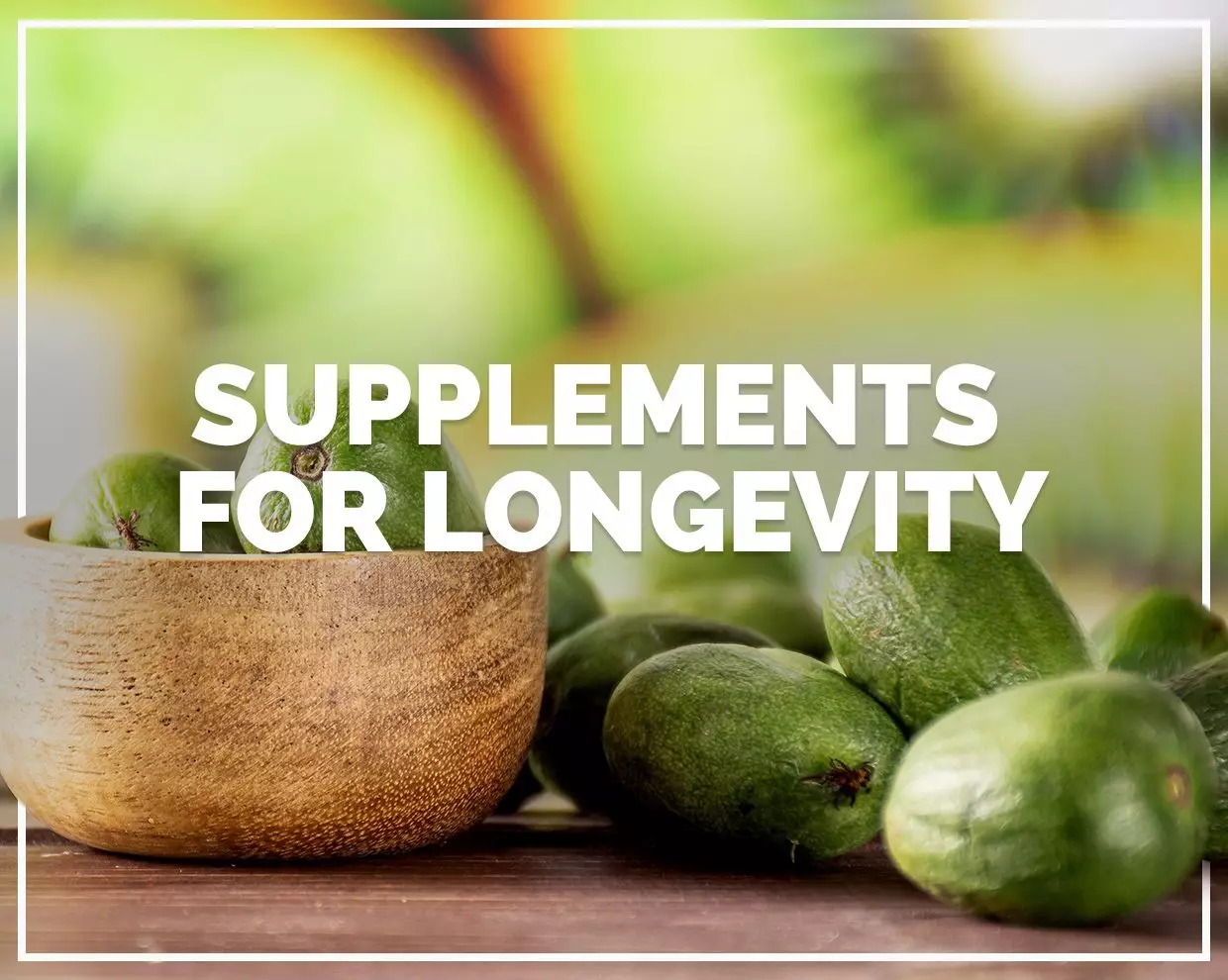Injuries often happen when you’re just starting to get to peak fitness and then you’re put back a few weeks or a month. Or maybe it’s not an injury – just a bit of stiffness and decreased mobility. Either way, what can you do?
Well along with physical rehab there are a few things you can do nutritionally to speed up the healing process.
What happens in the body when there is an injury?
It helps to know what’s going on in your body right now. What happens when an injury occurs is there is damage (i.e. tearing) of the soft tissue, sometimes microscopic. The body reacts first with the inflammation process to get blood to the region and cause pain so that you hopefully stop using the damaged area. The blood that has rushed to the area, fills up the gap that’s been caused by the muscle fibre being ripped, causing a hematoma. This blood contains proteins, fibrin and fibronectin which cross-link to form a net that acts as a scaffold and anchorage site between the two parts of the muscle fibre that has ripped apart. Other proteins can then attach to this anchorage site to stitch the fibre back together – this is what’s known as scar tissue. This is a very simplistic breakdown, so if you want to know more, have a read of this article.
One of the main proteins that attaches to the anchor site is Collagen, a very important nutrient in the body. Collagen is actually the second most abundant substance in the body behind water. It is essential for strong connective tissue and is also found in the membranes that surround blood vessels and internal organs and also a vital component of skin and the healing process. So you need to ensure that you’re eating enough collagen to satisfy the extra demands of the repair process.
So what’s does the evidence say about this theory?
The studies to test to see if this actually works in practice are still too few for us to know for certain, but some of the results look very promising.
Many of the trials so far have focused on the using collagen for Osteoarthritis (OA) and joint health
One such study showed a significant improvement in physical activities compared to the placebo group and researchers concluded that collagen was “found to be effective in managing OA-associated symptoms over the study period, thereby improving patient’s activities of daily living. Collagen can be considered a potential complement to current OA therapies.”
This study that reviewed all the literature proposed from its findings that collagen could not only have a positive effect on Osteoarthritis symptoms, but stop any further cartilage breakdown in these patients.
Studies on athletes with no bone disease have shown similar improvements in joint health. A randomised controlled trial (the gold standard in research) on 147 athletes with joint pain, showed a statistically significant decrease in athletes after dietary collagen and the proposed decrease in joint pain and improvement in overall joint health.
And studies on rats have shown that administering them with gelatin can increase bone density.
Are there negative side effects?
As collagen is a natural protein there are minimal side effects. The only reported side effects in a clinical setting are bloating and gastrointestinal discomfort in some sensitive individuals. So although the research is yet to prove that Collagen can definitely improve recovery time from injury, by taking collagen it is unlikely to be doing you any harm.
So how much should I be having?
Most of the studies cited above used 10g/day to get these results.
We can only get collagen in our diet (otherwise known as Gelatin) naturally by eating the ligaments and tendons around bones of animals. We are huge advocates of getting as most much of our nutrients from a natural our diet.
We often make bone broth or soup, and eat gelatinous cuts like oxtail, beef cheek and osso-bucco for this reason, but there are times when extra supplementation is a good idea, and Gelatin is one of them particularly in times of injury.
Gelatin v.s. Collagen – whats the difference?
After the extraction from the hide has taken place, the first product created is Collagen by a spray drying into a dry powder at the appropriate time .
To make Gelatin, the collagen is heated and chilled to create a solid block of gel, it is then milled back down to a powder.
This is why when you add gelatin to hot water and then cool it, it will return to a gelatinous state, whereas collagen will remain in a liquid form.
This means that Collagen will be dissolved in Hot or Cold water, whereas Gelatin requires heat to dissolve and will harden when cooled.
What type of Collagen should I be taking?
There are two types of supplemental collagen – Hydrolysed and Whole Protein.
Hydrolysis is a process whereby the the collagen is stored in a holding tank at a higher temperature to reduce the molecular weight cleaving the amino acid bonds making it easier to digest and be used the healing of the damaged tissue. For injuries and joint health, this is the one you want
Whole protein collagen, on the other hand, is better for healing the gut (which we’ll talk about in another blog post).
The Collagen source is everything
Not only do you want to make sure you’ve got a hydrolysed collagen, you also want to make sure it’s from pasture fed animals not the from animals raised on grain and antibiotics. The rearing of the animal has a large influence on the quality of the final product. Here is a great article by Chris Kressor if you want to read about this topic. Often gelatin is sourced from animals living in tightly confined quarters where antibiotics and hormones are routinely given. Great Lakes Wellness and Bulletproof Collagen are good reliable brands made from Grass Fed Beef hides. Both brands of Collagen are Kosher.
Adding it into your regular diet
The great thing about the Collagen is that you don’t have to dissolve it in hot water- so this means it can go in a shake or any cold drink for that that matter. Because collagen is a protein, it works well with other proteins, including milk, and water. It also works great in our hot chocolate recipe and gives it a nice thick consistency.

 NZ Store
NZ Store  UK Store
UK Store AU Store
AU Store EU Store
EU Store


